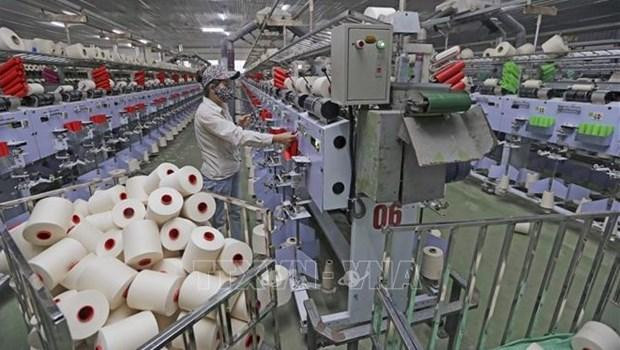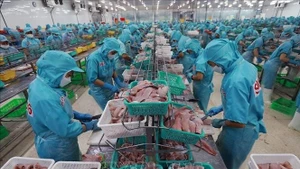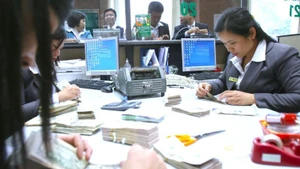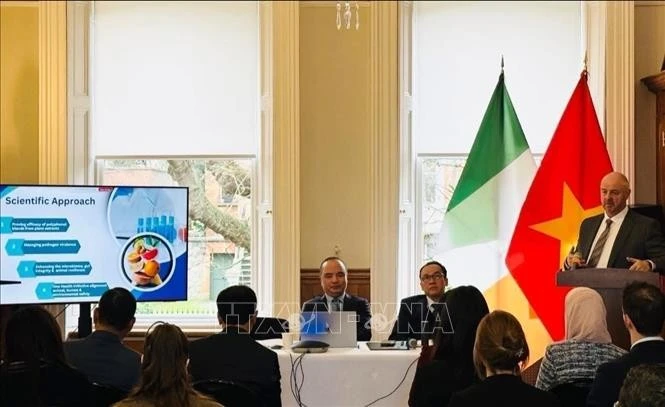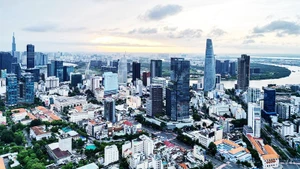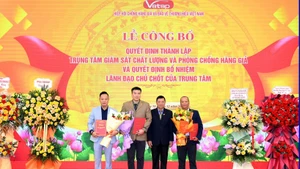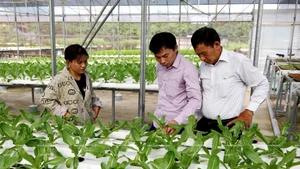Luong Van Khoi, Deputy Director of the NCIF under the Ministry of Planning and Investment, cited the report as saying that the RCEP will generate many positive impacts on regional economies, helping raise the region’s income by some 0.6% by 2030, equivalent to 245 billion USD each year, and create 2.8 million jobs annually.
Recent studies also pointed out that Vietnam will benefit much from this agreement, he said, elaborating that the World Bank forecast the country’s GDP will increase by about 4.9% and exports 11.4% by 2030.
Apart from the commitments of a traditional free trade agreement (FTA), the RCEP also includes those on e-commerce, telecommunications, competition, small- and medium-sized enterprises (SMEs), and public procurement, among others.
The most important thing may be the harmonisation of rules of origin, which enables the accumulation of origin, creating many chances and benefits for intra-bloc exports, Khoi noted.
The report said due the FTAs previously signed among many member countries, some groups of commodities like electronic components, textiles and garments among RCEP members have already benefited from very low tariffs, so this deal’s impacts are inconsiderable.
However, tariffs have been reduced for some goods whose supply chains Vietnam has engaged deeply into such as textiles, garments, automobiles, and some electronic products. The application of consistent rules of origin under the RCEP will help the country boost its participation in regional supply chains.
The shift of supply chains to Vietnam that has already been taking place thanks to bilateral FTAs or within the ASEAN Plus 6 framework will be further promoted by the RCEP. Foreign direct investment (FDI) inflows are also expected to grow even more when major investors in the region are stepping up specialisation to develop supply chains, according to the report.
It also pointed out that the RCEP will provide opportunities for Vietnam to improve added value and productivity by boosting market expansion, attracting investment to upstream manufacturing sectors, and enhance specialisation in the industries where Vietnam has strengths. That will in turn attract more FDI under supply chains to the country and help domestic enterprises further engage in global chains.
The RCEP was signed in 2020 between the Association of Southeast Asian Nations (ASEAN) and five partners, namely Australia, New Zealand, China, Japan, and the Republic of Korea. Taking effect since January 1, 2022, it is the largest FTA at present, covering 30% of the global GDP.
Under this agreement, about 90% of the tariff lines will be eliminated within 20 years since it came into force.
